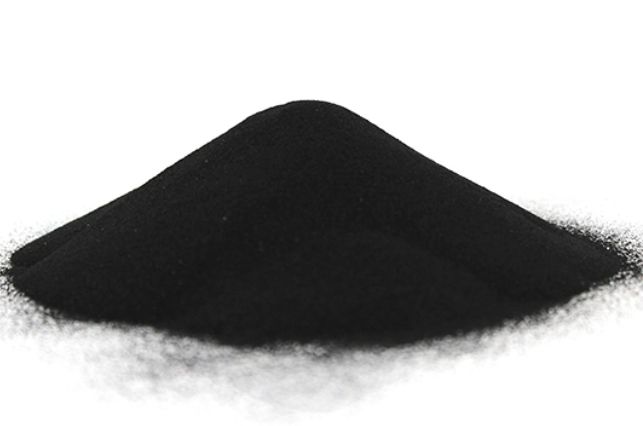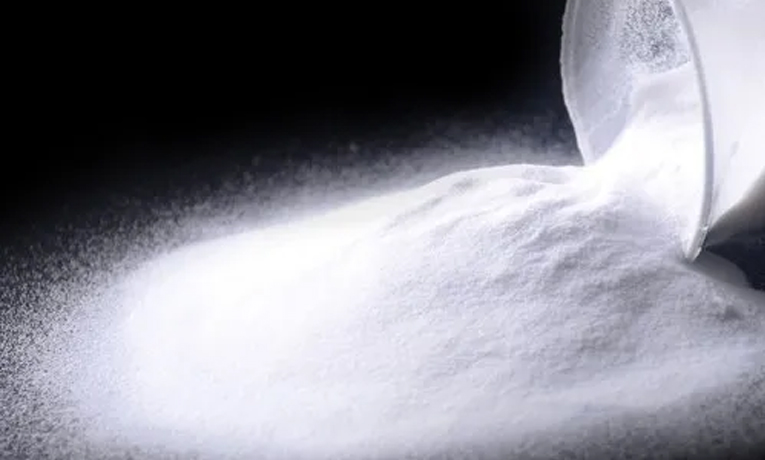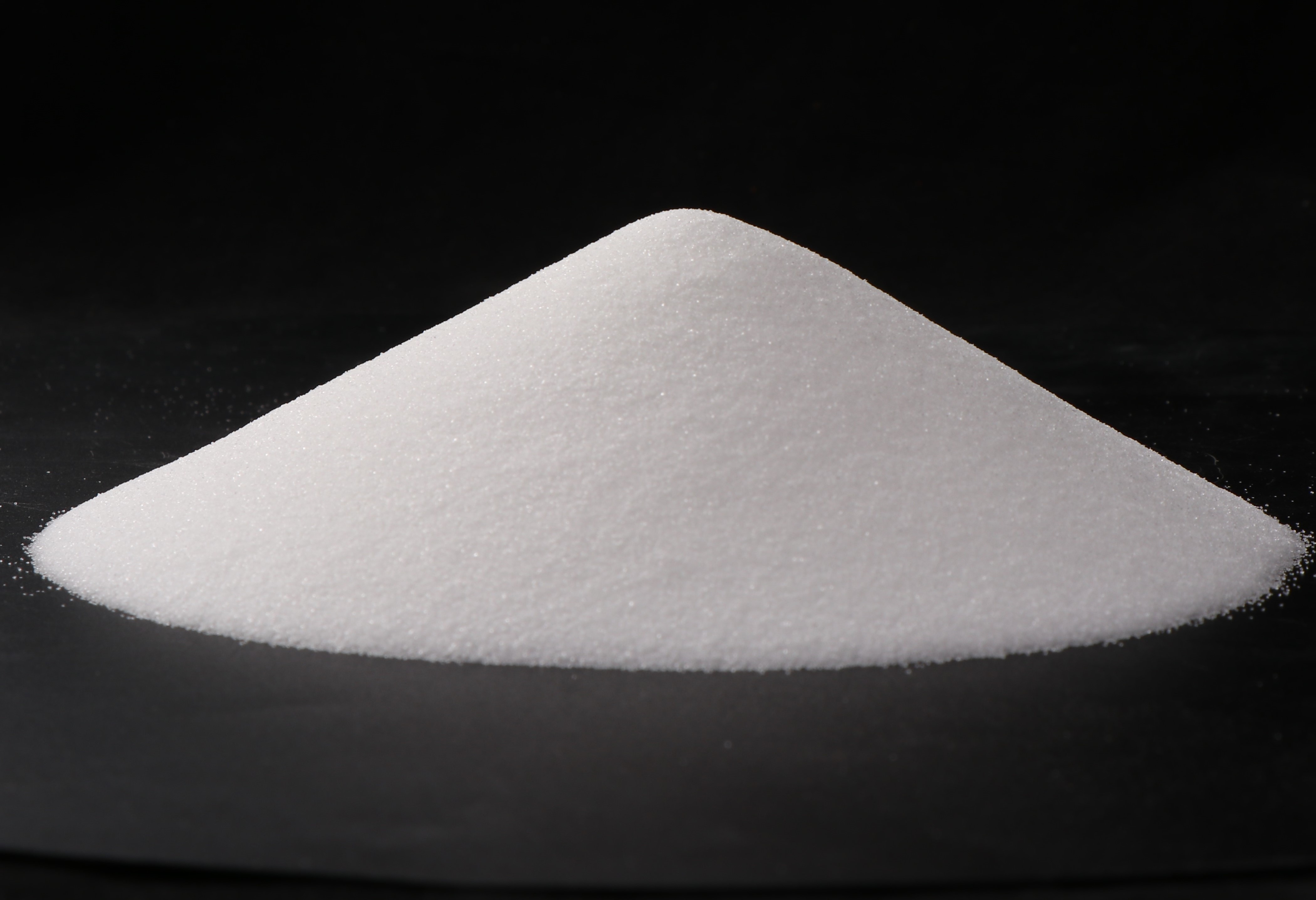How to Choose DTF Powder?
How to Choose DTF Powder?
The Classifications of DTF Powder
Fine DTF Powder
Particle sizes of 0–70 microns are considered fine DTF powder (like flour)
Features: good hand feel, but fastness will be weak when air humidity is high, making it simple to adhere powder to the printed film’s blank areas. Features: suited for small letter powder coating.

Medium Powder
70 to 170 micron-sized particles are referred to as medium powder (like table salt)
Powder with a size of 80–160 microns was utilized in all DTF printers.
Features: Granular, obviously, although 85% of customers currently use medium powder because it shakes easier than fine powder. In addition, the hand-feel is superior to coarse powder.

Coarse Powder
Particle size of coarse powder is 120–240 microns (like sugar)
Large gap, simple to shake powder clean, good three-dimensional sense (coarse powder is preferred when it’s wet in the summer or when customers need a three-dimensional sense of time), but substantially higher consumption than medium powder.
White powder is typically used, although black powder is only used on a few dark garments to block color; nonetheless, the use of black powder will be relatively high. White powder may be worn with any fabric color, whereas black powder cannot.
TPU rubber powder and activated carbon make up the majority of black powder, which serves the purpose of preventing sublimation (some fabrics like polyester, bags and other fabrics are commonly used).

Breathable DTF Powder Invented by Sublistar
Advantages of DTF T-shirt: it is widely used in all kinds of fabrics, bright in color, high in reversibility, and affordable in price. It can be printed in a wide range of colors, and has strong covering ability.
Disadvantages: poor breathability; patterns are easy to fall off after serveral times wash, which are also the most criticized feature of DTF printing. To slove this problem, Sublistar invents the breathable DTF powder.
Ways to Maintain T-shirts
1. The T-shirt you just manufactured will feel a little stiff at first, but it will soften up after washing. (Usually, after two days, freshly processed T-shirts need to be cleaned.)
2. Avoid using your hands to rub the T-shirt pattern’s surface (the surface material of the heat transfer pattern generally does not adhere to dirt).
3. Wash with warm or cold water that is less than 40°C and avoid using detergent that contains chlorine.
4. It is recommended to avoid using a washing machine for laundry. Turn the pattern side to the reverse side before washing in the washing machine. Remove from the washing machine as soon as it’s finished and avoid tumble drying.
5. To prevent neckline deformation while washing, don’t scrub the neckline too hard.
6. Only the slack portion of the clothing’s hem can be stretched inward by the hanger while the items are drying. To prevent loosening once the neckline loses elasticity, keep in mind not to press it immediately from the neckline.
7. Avoid exposing the heat transfer T-shirt to the sun so that it can dry naturally.
8. If the clothing needs to be ironed, do it with medium temperature steam after drying (high temperature ironing will destroy the elastic fibers’ organizational structure and reduce the elastic effect of the clothing). Avoid ironing directly on patterns.
